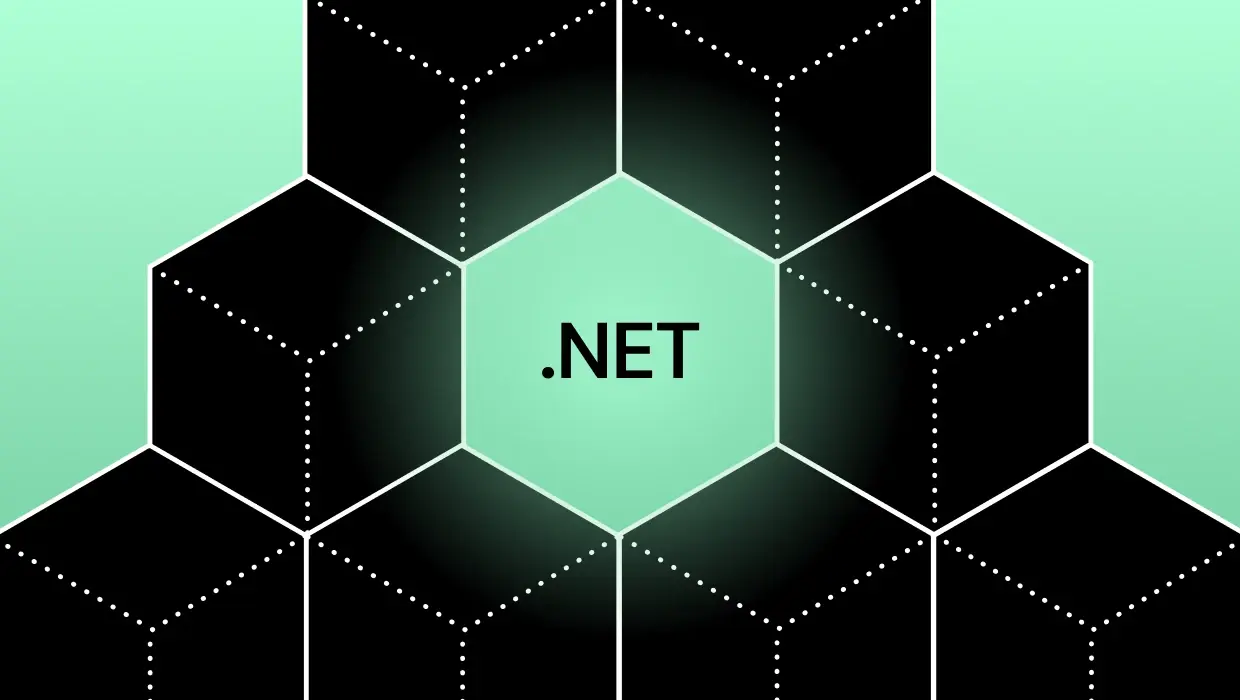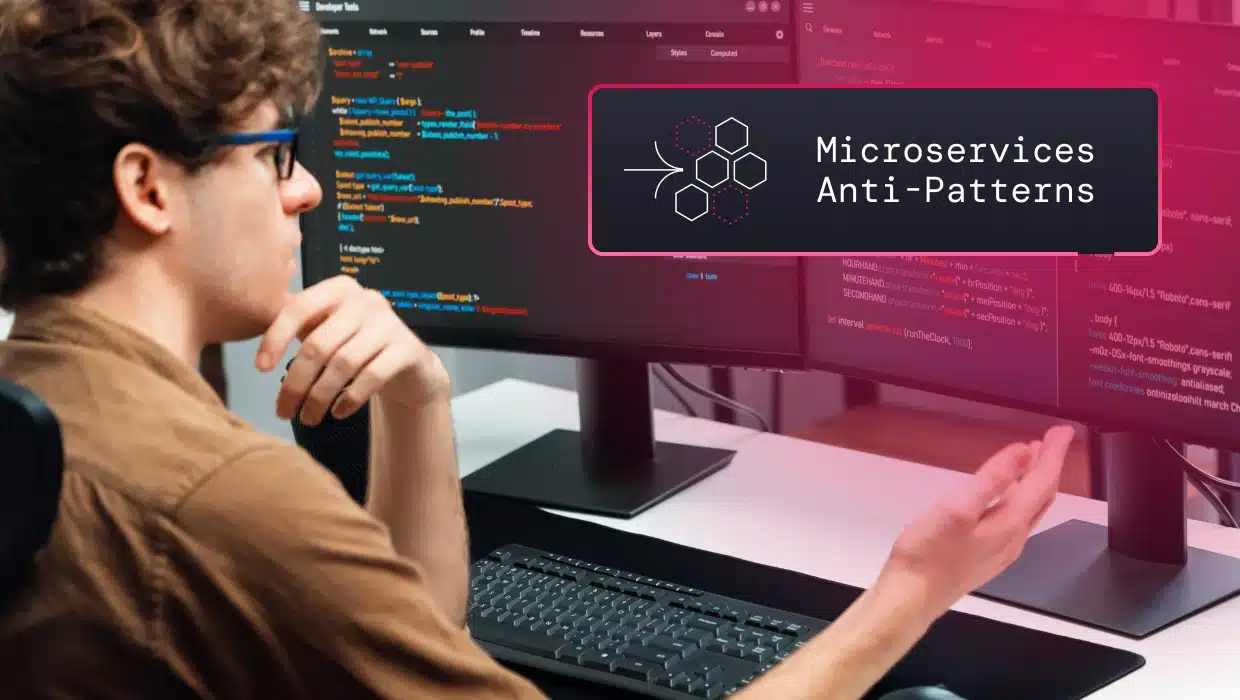As the speed of technology continues to increase, an outdated monolithic architecture limits your organization’s ability to scale and run effectively. Modernizing your software by refactoring to microservices offers increased scalability, allowing your company to optimize the value it gets from the cloud. For many business leaders, modernization is now a priority. According to a survey featured in DevOps, over 5 out of 10 decision-makers in IT are currently migrating to the cloud or plan to within the year. For good reason, business leaders are motivated to move to the cloud for improved scalability, reliability, and security.
There are various options to help your organization modernize and migrate to the cloud by refactoring your monolithic architecture to microservices. Using a platform that facilitates continuous modernization will ensure you can modernize your legacy applications iteratively and complete your migration to the cloud successfully. It will help you break your monolithic architecture into containerized microservices to scale horizontally, add more capacity, and optimize the value of the cloud for your company.
A monolithic architecture can be challenging to scale, and many organizations fail at the task. But when they take the right steps and successfully refactor to microservices with a continuous modernization approach, they can unlock the scalability of the cloud with cloud-native applications that overcome the limitations of legacy software.
Monolithic vs. Microservices Scalability
While monolithic architectures are less scalable than microservices, many organizations still use monolithic architectures in legacy implementations due to their simplicity. A few factors make scaling microservices preferable to monolithic software:
- Monolithic architecture contains all components and functions in a single, large codebase. Microservices are containerized based on their components or functions into separate codebases.
- Increased traffic can cause a reduction in performance when using monolithic architecture. Microservices are optimized for the cloud, with each containerized function receiving dedicated computing resources, resulting in higher throughput and performance.
- Monolithic architecture can only scale vertically to meet demands. Microservices offer independent and horizontal scalability, allowing you to plan for increased demand and allocate resources accordingly.
When you inevitably switch to microservices at a later date, your postponement can result in technical debt. Architectural observability will help you identify architectural debt and drift so you can refactor as you go, minimizing downstream effects.
The Challenges of Monolithic Architectures That Refactoring to Microservices Can Overcome
Monolithic software architectures consist of self-contained applications with various functions and components tightly coupled together. Their codebases are large to ensure each function can be executed. When one component or function is executed, the entire application must be compiled and run.
Related: Shift Left to Avoid Technical Debt Disasters: The Need for Continuous Modernization
The size and tight coupling of components and functions in monolithic software design make scaling a very complex process. Monolithic software can only scale vertically, and improving performance and adding new features can be costly. Some challenges developers face when scaling monolithic architecture include the following.
Challenge #1: Individual Units Are Difficult to Scale
Monolithic code consists of a large codebase with various application components and dependencies, including configuration files, frontend, and backend code. The complexity and size of the code can be difficult to maintain, update, and scale. Scaling monolithic software will require extensive coding for each application function and expensive hardware with significant CPU, memory, and data capacity. It is resource-heavy and requires large-scale testing, debugging, and deployment, which can result in a significant investment of time and resources.
Challenge #2: Vertical Scaling Requires Increased Computing Resources
Monolithic software can typically only scale vertically. Scaling up requires significant increases in CPU, memory, disk, and network resources. It can deliver increased performance and serve a larger user base, but it can be costly, and server hardware is limited to a set amount of CPU, memory, and disk upgrades. Organizations prefer horizontal scaling to vertical scaling, due to its lower cost and increased benefits. However, monolithic software cannot readily scale horizontally.
Investment in higher-end computing resources could instead be used to refactor the monolith to microservices. Eventually, the server will reach its limitations, and refactoring will need to be completed at a later date anyway, resulting in technical debt that can be devastating to your company.
Technical debt is the cost of solving problems in the future due to postponements and fixes that do not address the underlying problem. It could be lost opportunities, decreased productivity, or increased expenses. According to McKinsey, technical debt accounts for up to 40% of the average company’s tech expenses. Making decisions that facilitate modernization can help your business avoid devastating technical debt when it needs to modernize the monolith at a later time.
Challenge #3: Monolithic Applications Require Maximum Cloud Services without Scalability
While monolithic software can be migrated to the cloud using lift and shift methods, it comes with limitations. The lift and shift method does not include any optimization for the cloud, resulting in poor optimization for cost and performance.
Lifting and shifting can cause security, availability, efficiency, and scalability issues. It often results in organizations paying significantly more for maximum cloud service without the scalability and elasticity benefits the cloud provides. Refactoring to microservices is an ideal way to modernize your code and optimize cloud performance, costs, and scalability.
What Is the Role of Refactoring?
Refactoring is a method of restructuring and modernizing software while maintaining its expected behavior. Software teams can use new, more scalable architectures and automation tools to revamp the capabilities and performance of legacy software. Refactoring to microservices containerizes the code, reducing dependencies and making the code easier to maintain and secure. It can improve the lifespan of the software and compatibility with new systems and platforms.
Modernization offers improved performance and scalability at a lower cost. It delivers enhanced security in many situations and allows the organization to adapt to change quickly. Refactoring is typically the ideal method of modernization for monolithic software. When an organization refactors to microservices, it breaks a single large codebase into more manageable containerized applications that are easier to update and scale.
Related: Application Modernization Trends: Goals, Challenges, and Resources
Modernization also allows your organization to optimize cloud usage with cloud-native applications and architectures. Your company can deploy and manage applications seamlessly, whether your software is running on-premises or in the cloud. You can use orchestration platforms like Kubernetes for scalability to create new instances and avoid bottlenecks.
How Refactoring to Microservices Addresses Monolithic Challenges
Monolithic architectures offer limited scalability. Refactoring to microservices is often the ideal path to modernizing your organization’s software. The Strangler Fig Pattern is typically the preferred method, breaking the monolith into functions that can be containerized as microservices and deployed one function at a time to streamline the process. Modernized microservices offer enhanced value from the cloud and horizontal scalability that monolithic software cannot deliver.
Horizontal Scalability
Refactoring to microservices allows you to scale your software horizontally. Horizontal scaling is a modern method of scaling, allowing your organization to dynamically and selectively add new servers or nodes rather than adding new hardware to your existing server. Microservices are containerized, allowing you to deploy, manage, and run them on several servers. The increased throughput will ensure that your software will be accessible during periods of heavy use with fewer bottlenecks, compared to monolithic software that runs from a single server.
If a single microservice or several microservices require increased computing power, you can increase the number of instances running on separate servers to ensure there is enough throughput. Using an orchestration platform like Kubernetes, you can automate the deployment, scaling, and management of your containerized microservices or manually scale from a UI or terminal.
Increase Value From the Cloud
When you scale horizontally, you can optimize elasticity and your use of cloud resources. Monolithic architectures only scale vertically, using a fraction of the cloud resources available to your organization. Despite its limitations, your company will still pay for maximum cloud utilization without the benefits of modernization.
Whether your servers run on-premises or in the cloud, users can access microservices with optimal throughput with a cloud-native architecture. You also have the elasticity of the cloud when your server or node is no longer receiving increased traffic. Manually or through automation, you can reduce the size of clusters and reallocate the space to another function.
Improve Efficiency With Modernization
In addition to providing horizontal scalability and increased value from the cloud, refactoring to microservices is an optimal method of modernization. For many organizations, modernization is the goal of getting the most value and scalability from the cloud.
Microservices are modular with a loose coupling that allows them to be quickly deployed and updated, compared to the tightly coupled, large codebases of monolithic software. As mentioned above, the Strangler Fig Pattern is one way to refactor to microservices and modernize your applications and functions.
Instead of restructuring or replacing the monolithic codebase in a single step, the Strangler Fig Pattern allows you to break down the code into functions that can be replaced with microservices, step-by-step. You can take one function at a time and refactor it as a microservice, allowing you to test, configure, and deploy each microservice confidently. The approach aims to minimize bugs and errors, allowing you to seamlessly modernize without impacting users.
Modernize Your Applications to Optimize the Benefits of the Cloud
Using advanced tools can simplify migration to the cloud with automation and analytics that allow you to refactor monolithic architectures into manageable and cloud-native microservices. They allow you to upgrade from legacy Java and .NET frameworks to modern frameworks like Spring. vFunction can help your organization iterate large backlogs of functions to deploy in several release cycles or sprints for efficient modernization. Our platform can accelerate the process and reduce technical debt. Request a demo to explore the benefits of modernization with vFunction.








